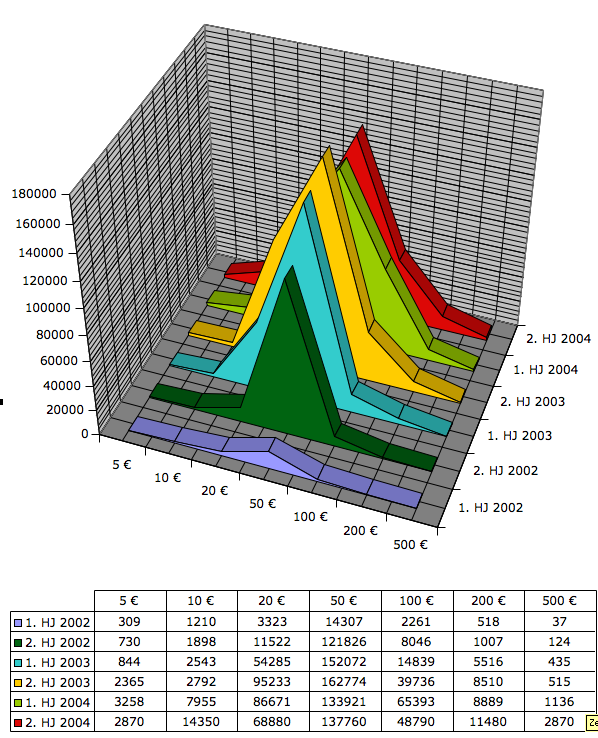Die letzten Wochen habe ich größere Teile meiner Freizeit mit dem Versuch zugebracht, die letzten Demokratiereste in Deutschland vor dem digitalen Verwesen zu bewahren. Rop und ich haben damals gesagt, daß wir uns auch wegen der Eigenmotivation Schlachtfelder aussuchen müssen, auf denen wir auch mal gewinnen können. Dieses mal ging es um Wahlcomputer, und es scheint als könnten wir da vielleicht doch noch die Dinge zum besseren ändern.
Ergebnis der Mühe ist ein äusserst umfangreicher Bericht an das Bundesverfassungsgericht über die Angreifbarkeit von Wahlcomputern , inclusive eines sehr schicken Videos, das zeigt wie schnell man die EPROMs in so einer Kiste tauschen kann . Das Bundesverfassungsgericht hatte den Bericht beim Chaos Computer Club angefragt, um über die Beschwerde von Ulrich Wiesner gegen die Bundestagswahl 2005 zu urteilen.
Der Bericht baut auf der Arbeit von etwa zwei dutzend Mitstreitern in den Niederlanden und in Deutschland auf, ohne die wir es niemals geschafft hätten die Argumente gegen elektronische Wahlen so schön klar und überzeugend darzulegen. Allen, die mitgeholfen haben, dafür auch hier nochmal ein fettes Dankeschön!
Wer zu faul zum lesen des ganzen Berichts ist (die Lektüre ist nach dem, was ich bisher so an Feedback bekam, sowohl unterhaltsam als auch lehrreich) klickt hier für die Zusammenfassung .
Nun bleibt im wesentlichen Abzuwarten, ob das Bundesverfassungsgericht den Mut hat, sich unser Argumentation anzuschliessen. Das Presseecho könnte dank eines ausnahmsweise exzellenten Artikels im Spiegel von dieser Woche (Seite 46 in der Printausgabe, Online-Link ergänze ich sobald vorhanden) doch etwas umfangreicher werden. Schaun wir mal. :-)
PS: weil die Frage in einem Troll-Forum aufkam: Nein, es gab kein Honorar für den Bericht und die Auslagen haben wir auch nicht in Rechnung gestellt.
